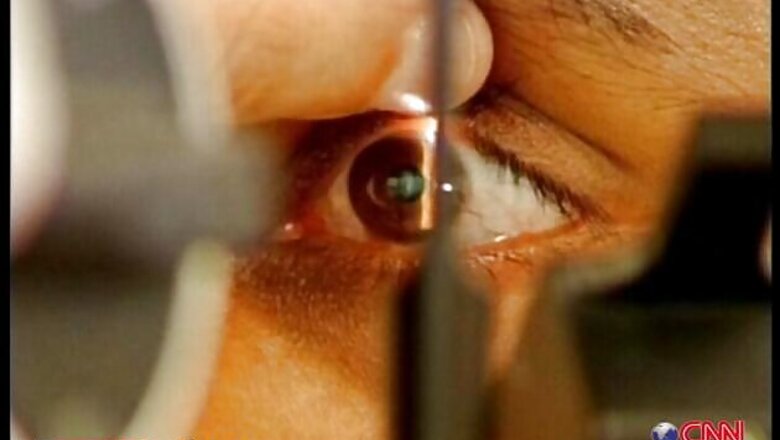
views
MIT researchers have developed a new hand-held device that scans a patient's entire retina in seconds to detect a host of retinal diseases including diabetic retinopathy, glaucoma and macular degeneration.
Researchers at the Massachusetts Institute of Technology (MIT) developed the new instrument which is the first to combine cutting-edge technologies such as ultrahigh-speed 3-D imaging, a tiny micro-electro-mechanical systems (MEMS) mirror for scanning, and a technique to correct for unintentional movement by the patient.
These innovations, researchers said, would allow collection of comprehensive data with just one measurement.
Normally, to diagnose retinal diseases, an ophthalmologist must examine the patient in his or her office, typically with table-top instruments.
The MIT group, in collaboration with the University of Erlangen and Praevium/Thorlabs, has developed a portable instrument that can be taken outside a specialist's office.
The instrument uses a technique called optical coherence tomography (OCT), which the MIT group and collaborators helped pioneer in the early 1990s.
The technology sends beams of infrared light into the eye and onto the retina. Echoes of this light return to the instrument, which uses interferometry to measures changes in the time delay and magnitude of the returning light echoes, revealing the cross sectional tissue structure of the retina - similar to radar or ultrasound imaging.
Tabletop OCT imagers have become a standard of care in ophthalmology, and current generation hand-held scanners are used for imaging infants and monitoring retinal surgery.
The researchers were able to shrink what has been typically a large instrument into a portable size by using a MEMS mirror to scan the OCT imaging beam.
They tested two designs, one of which is similar to a hand-held video camera with a flat-screen display. In their tests, the researchers found that their device can acquire images comparable in quality to conventional table-top OCT instruments used by ophthalmologists.
To deal with the motion instability of a hand-held device, the instrument takes multiple 3-D images at high speeds, scanning a particular volume of the eye many times but with different scanning directions.
By using multiple 3-D images of the same part of the retina, it is possible to correct for distortions due to motion of the operator's hand or the subject's own eye.
According to study author James Fujimoto of MIT, the next step is to evaluate the technology in a clinical setting.
But the device is still relatively expensive, he added, and before this technology finds its way into doctors' offices or in the field, manufacturers will have to find a way to support or lower its cost.
The study appears in the journal Biomedical Optics Express, published by The Optical Society (OSA).


















Comments
0 comment